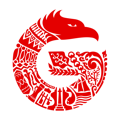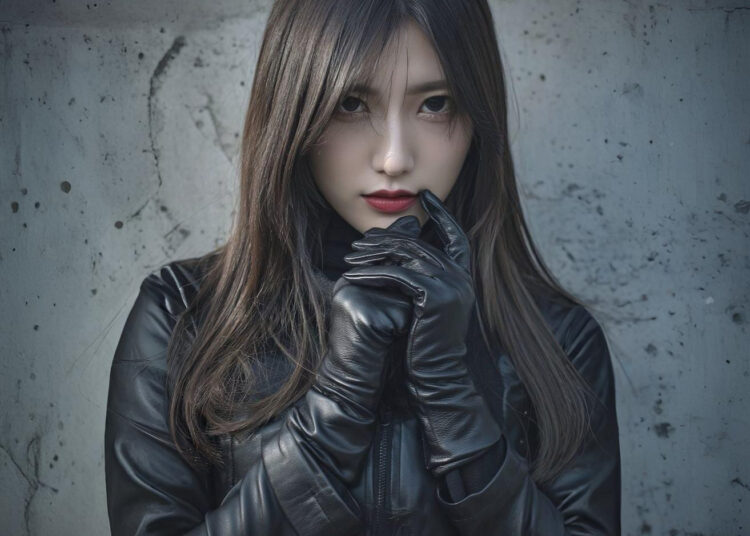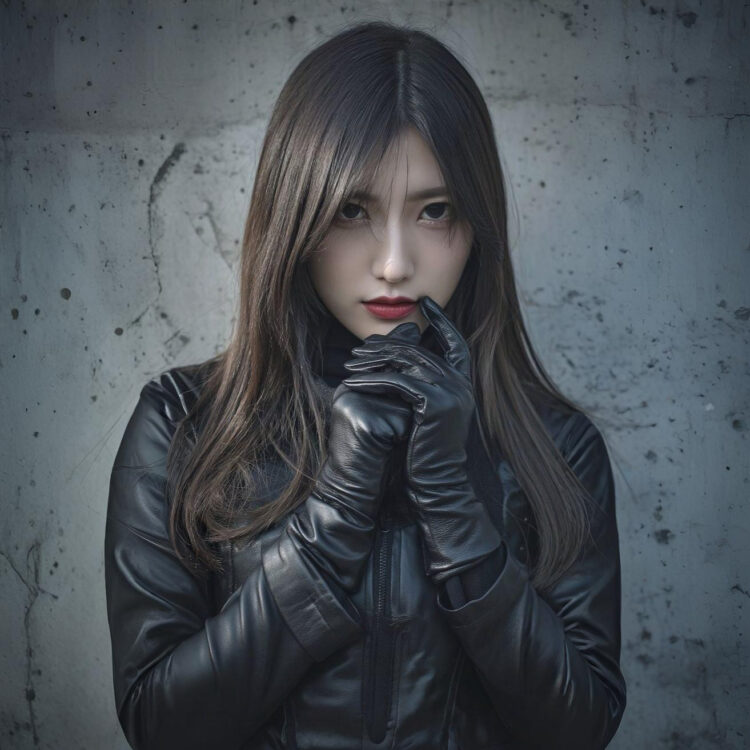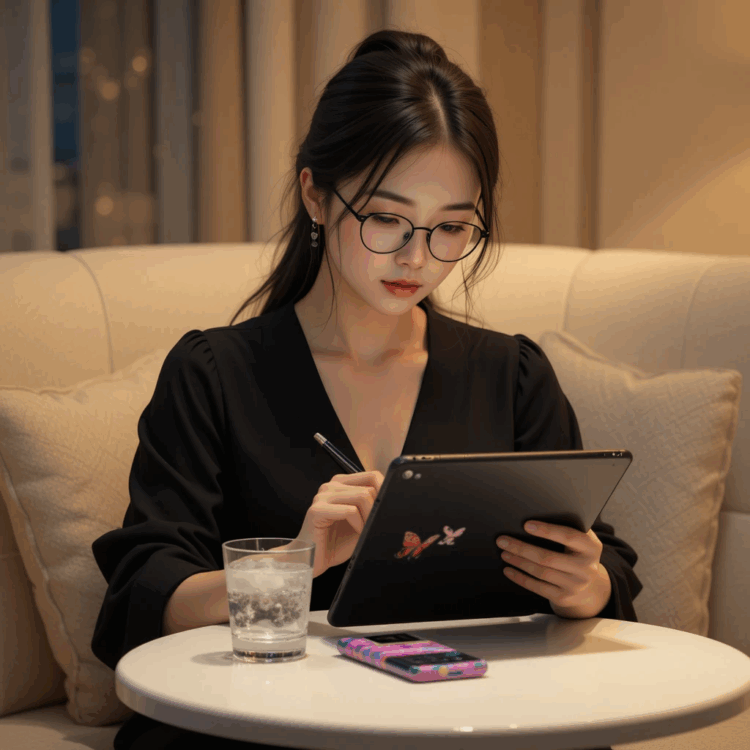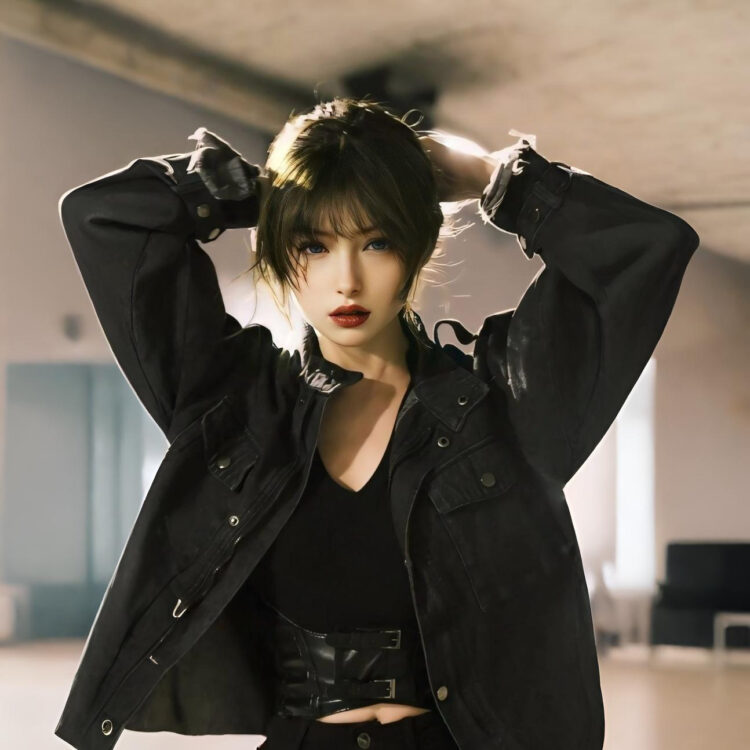Delving into the realm of AI-generated women, we uncover a fascinating fusion of technology and creativity that gives life to stunning digital beauties. From the intricacies of algorithmic design to the allure of virtual aesthetics, this topic invites exploration into a captivating world where artificial intelligence meets artistic expression.
As we journey through the characteristics, ethical considerations, and cultural perceptions surrounding the most beautiful AI-generated women, we unravel a tapestry of innovation and contemplation that challenges conventional notions of beauty and creativity.
 AI-generated women refer to virtual women created through AI algorithms in the realm of digital art. These artificial intelligence systems use complex algorithms to generate realistic or stylized images of women, blurring the lines between reality and virtuality.
AI-generated women refer to virtual women created through AI algorithms in the realm of digital art. These artificial intelligence systems use complex algorithms to generate realistic or stylized images of women, blurring the lines between reality and virtuality.
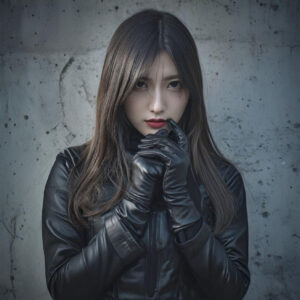 When it comes to designing AI-generated women solely for beauty standards, there are several ethical implications that need to be considered
. The perpetuation of unrealistic beauty standards by AI-generated characters can have a significant impact on society, influencing individuals' perceptions of beauty and self-worth.
It is essential for artists and developers to take responsibility in ensuring diversity and inclusivity in AI-generated female characters to avoid reinforcing harmful stereotypes and promoting unrealistic ideals of beauty.
When it comes to designing AI-generated women solely for beauty standards, there are several ethical implications that need to be considered
. The perpetuation of unrealistic beauty standards by AI-generated characters can have a significant impact on society, influencing individuals' perceptions of beauty and self-worth.
It is essential for artists and developers to take responsibility in ensuring diversity and inclusivity in AI-generated female characters to avoid reinforcing harmful stereotypes and promoting unrealistic ideals of beauty.
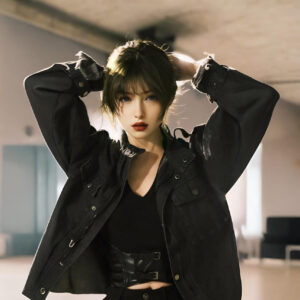 When it comes to AI-generated women, the cultural perception of beauty plays a significant role in shaping their design and representation. Different cultures around the world have distinct beauty standards that influence how AI-generated female characters are created and portrayed.
When it comes to AI-generated women, the cultural perception of beauty plays a significant role in shaping their design and representation. Different cultures around the world have distinct beauty standards that influence how AI-generated female characters are created and portrayed.
Introduction to AI-Generated Women
 AI-generated women refer to virtual women created through AI algorithms in the realm of digital art. These artificial intelligence systems use complex algorithms to generate realistic or stylized images of women, blurring the lines between reality and virtuality.
AI-generated women refer to virtual women created through AI algorithms in the realm of digital art. These artificial intelligence systems use complex algorithms to generate realistic or stylized images of women, blurring the lines between reality and virtuality.
The Concept of AI-Generated Women
Artificial intelligence algorithms are programmed to analyze and understand patterns in data, enabling them to create lifelike representations of women based on these patterns. By feeding the AI system with vast amounts of data, such as images of women, facial features, and body shapes, the algorithm can generate new and unique virtual women.Increasing Popularity of AI-Generated Art
AI-generated art has been gaining traction in the digital world, with artists and researchers exploring the creative potential of AI algorithms in generating artwork. The ability of AI systems to produce hyper-realistic images and innovative designs has attracted attention from both the art community and the general public, leading to a surge in interest and appreciation for AI-generated women and other digital creations.Characteristics of the Most Beautiful AI-Generated Women
AI-generated women are designed to possess visually appealing features that captivate the audience and create a sense of realism. These virtual characters often showcase a combination of specific characteristics that contribute to their beauty and attractiveness.Common Features of AI-Generated Women
- Perfect Symmetry: AI algorithms are programmed to create faces with symmetrical features, which are often associated with beauty in humans.
- Flawless Skin: AI-generated women typically have flawless and smooth skin textures that enhance their overall appearance.
- Expressive Eyes: The eyes of AI-generated women are designed to be expressive, captivating, and realistic, drawing the viewer's attention.
- Luscious Hair: These virtual characters often showcase voluminous and meticulously designed hair that adds to their beauty.
Design Elements for Enhancing Beauty
- Lighting and Shading: AI algorithms incorporate advanced lighting and shading techniques to create depth and realism in the appearance of virtual women.
- Texture Mapping: Detailed texture mapping is used to add realistic skin textures, hair strands, and clothing materials to enhance the overall visual appeal.
- Facial Expressions: Dynamic facial expressions are created using AI to convey emotions and make the characters more relatable and engaging.
AI Algorithms for Realistic Figures
- Machine Learning: AI algorithms analyze vast datasets of human faces to learn and replicate facial features, expressions, and proportions accurately.
- Generative Adversarial Networks (GANs): GANs are used to generate high-quality and realistic images by pitting two neural networks against each other to improve the visual output.
- Style Transfer: Style transfer techniques allow AI to adapt artistic styles and aesthetics to create unique and visually stunning virtual characters.
Ethical Considerations in Creating AI-Generated Women
 When it comes to designing AI-generated women solely for beauty standards, there are several ethical implications that need to be considered
When it comes to designing AI-generated women solely for beauty standards, there are several ethical implications that need to be consideredImpact of Unrealistic Beauty Standards
- The portrayal of AI-generated women with unattainable beauty standards can lead to increased body dissatisfaction and low self-esteem among individuals who compare themselves to these idealized images.
- Younger generations, especially adolescents, may be particularly vulnerable to developing negative body image issues when exposed to AI-generated characters that represent an unrealistic and narrow definition of beauty.
- These unrealistic beauty standards perpetuated by AI can contribute to the marginalization of individuals who do not fit into the conventional mold of beauty, further reinforcing societal prejudices and discrimination.
Promoting Diversity and Inclusivity
- Artists and developers have a crucial role in promoting diversity and inclusivity in AI-generated female characters by creating representations that reflect a wide range of body types, skin tones, and cultural backgrounds.
- By prioritizing diversity in the design process, creators can challenge traditional beauty norms and celebrate the uniqueness of individuals, fostering a more inclusive and positive environment for all members of society.
- Ensuring that AI-generated women are portrayed authentically and respectfully can help mitigate the perpetuation of harmful stereotypes and promote a more realistic and accepting view of beauty in the digital realm.
Cultural Perception of Beauty in AI-Generated Women
 When it comes to AI-generated women, the cultural perception of beauty plays a significant role in shaping their design and representation. Different cultures around the world have distinct beauty standards that influence how AI-generated female characters are created and portrayed.
When it comes to AI-generated women, the cultural perception of beauty plays a significant role in shaping their design and representation. Different cultures around the world have distinct beauty standards that influence how AI-generated female characters are created and portrayed.
Variation in Beauty Standards Across Cultures
- In Western cultures, beauty standards often emphasize features like symmetry, clear skin, and a slender figure. This is reflected in AI-generated women who typically conform to these ideals.
- On the other hand, in Asian cultures, beauty standards may prioritize aspects such as a youthful appearance, small face shape, and fair skin. AI-generated female characters designed with these characteristics are more common in Asian-influenced media.
- African cultures may value traits like full lips, curvier figures, and natural hair textures. AI-generated women representing these features are less prevalent but are starting to gain recognition for their diversity and inclusivity.
Impact of Cultural Diversity on AI-Generated Female Figures
- Cultural diversity plays a crucial role in expanding the range of beauty standards depicted in AI-generated women, promoting inclusivity and representation for a wider audience.
- By incorporating various cultural influences into the design of AI-generated female characters, creators can challenge traditional beauty norms and celebrate the beauty of different ethnicities and backgrounds.
- Furthermore, cultural diversity in AI-generated women not only reflects the global audience's diverse preferences but also fosters a greater sense of acceptance and appreciation for beauty in all its forms.
